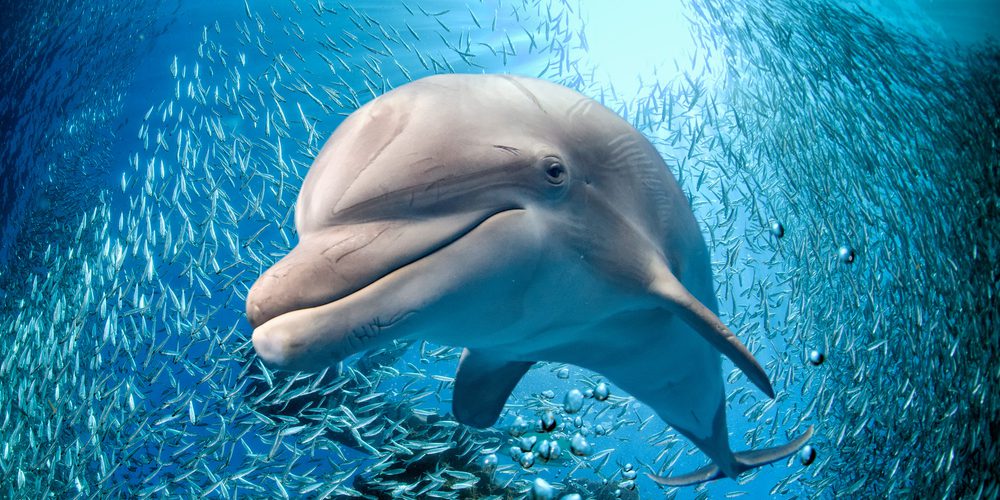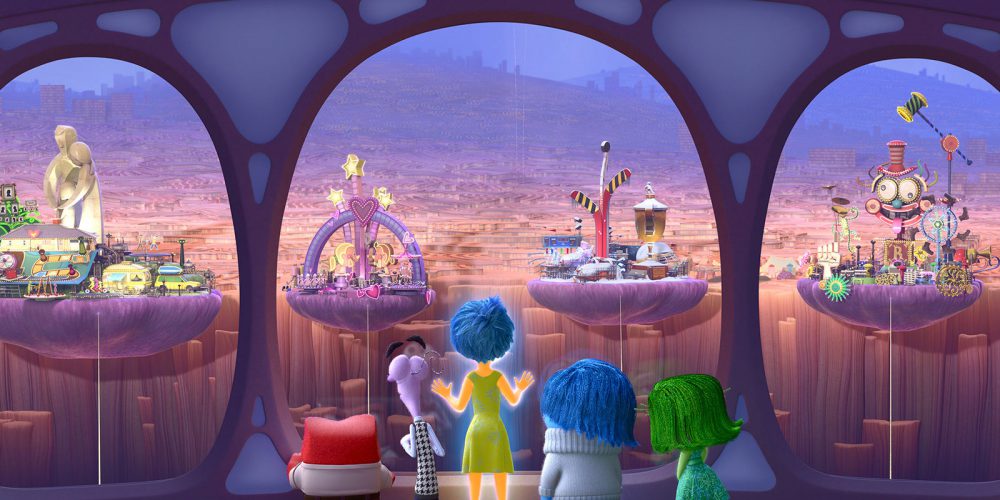VITALLY IMPORTANT TO CLEAN OUR SEAS FROM RUBBISH

In 1998 Charles Moore, an oceanographer, was sailing across the North Pacific when he made an unwelcome discovery.
“As I gazed from the deck at the surface of what ought to have been a pristine ocean, I was confronted, as far as the eye could see, with the sight of plastic.
It seemed unbelievable but I never found a clear spot. In the week it took to cross the subtropical high, no matter what time of day I looked, plastic debris was floating everywhere – bottles, bottle caps, wrappers, fragments,” he wrote later.
Most of the plastic waste that ends up in the oceans is thought to become part of these “garbage patches” of rubbish, but it’s not a doughnut of clearly visible surface rubbish as has often been envisaged.
Some of this plastic matter is found hovering at the waterline but most of it is floating in the upper-water column over thousands of sq. miles in the Indian, Pacific and Atlantic oceans.
What he stumbled on, became known as the Great Pacific Garbage Patch or “Pacific trash vortex”. It is thought to be anywhere between the size of Texas (270 sq. miles) to several times that size.
The difficulty of measuring such a large area of ocean means exact data is hard to come by but the latest research suggests the vortex has a 386,000 sq. mile “heart”, surrounded by a 1.4 million-sq.-mile outer periphery of trash. The extent and range of contaminants in the gyre is also little understood but scientists estimate the high-density core now has an alarming one million pieces of plastic per sq. km.
By some estimates, the ratio of plastic to small animal matter (known as zooplankton) in these gyres is around 6:1 by weight. At the core of the vortex, this can be as high as 48:1. Zooplankton is an important component of the ocean ecosystem, providing nourishment for the smallest fish to the biggest whales, meaning much of the microplastic matter ends up being ingested. Perhaps most alarmingly for people who eat fish on a regular basis, scientists have recently found microplastics in the bodies of fish, not just in their stomachs. Last month, a group of Malaysian and French scientists found 36 pieces of potentially harmful microplastics in a study of 120 mackerel, mullets, anchovies and croakers.
The marine scientists say that the Great Pacific Garbage Patch might have grown by five times in the past 10 years and will become a greater risk to life as the plastic degrades further.
Although it’s hard to gain accurate data, today’s estimates suggest roughly five trillion tons of plastics are now floating in our oceans. Seven million tons are dumped into the sea each year.
The researchers estimate that the volume of plastic waste in our oceans will outweigh the total mass of fish in the sea by 2050.

































